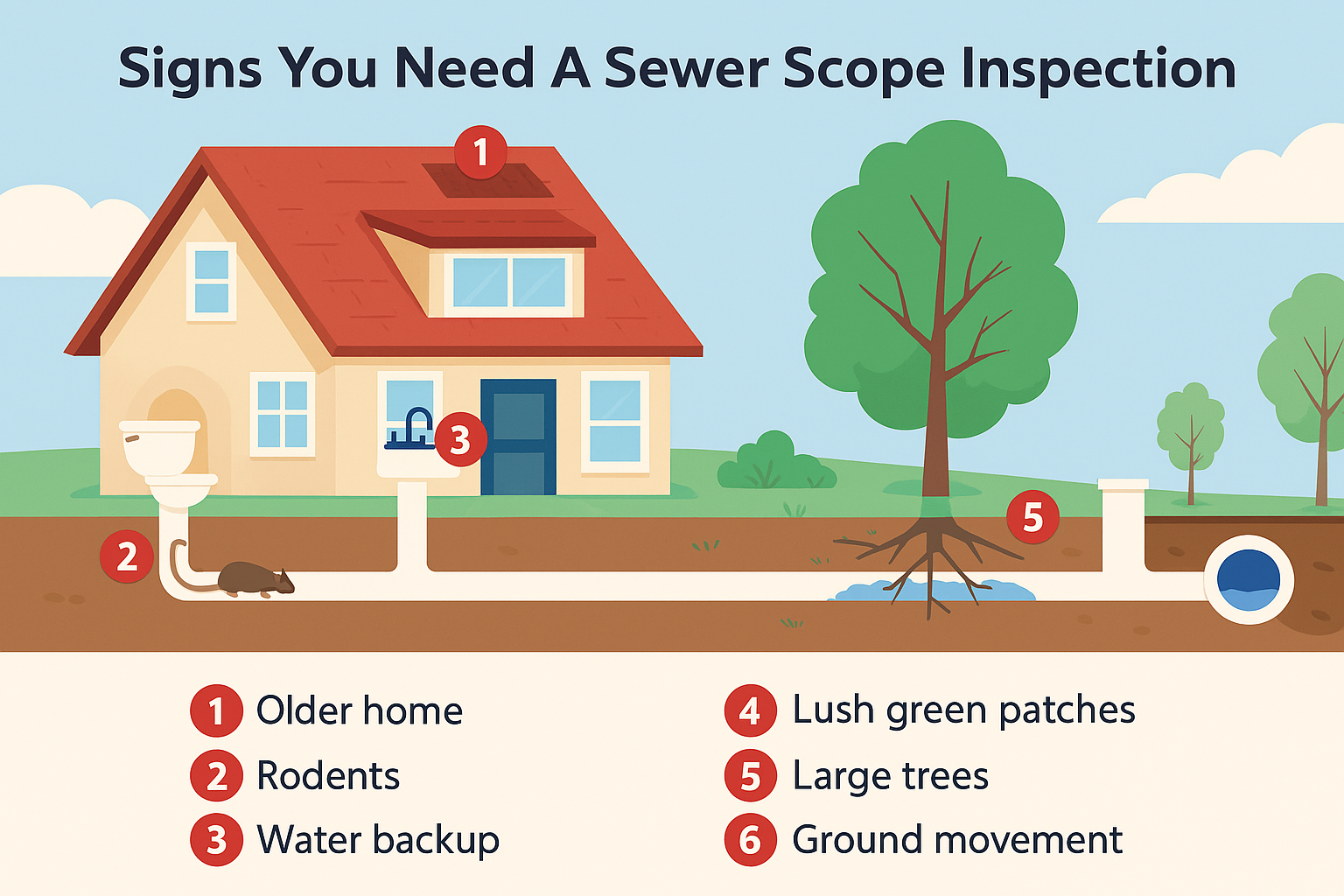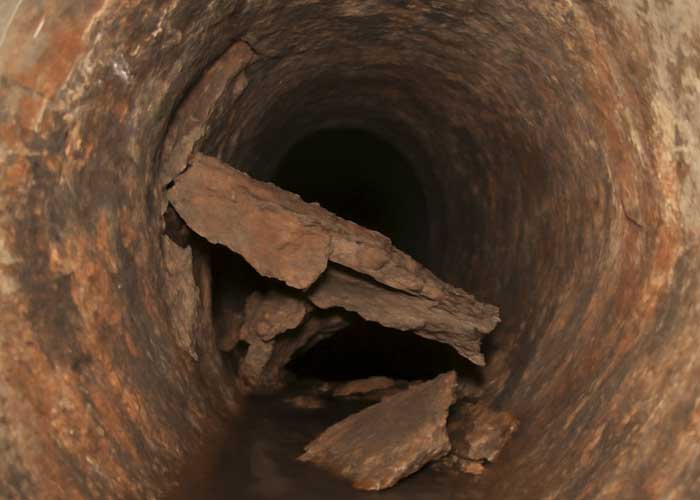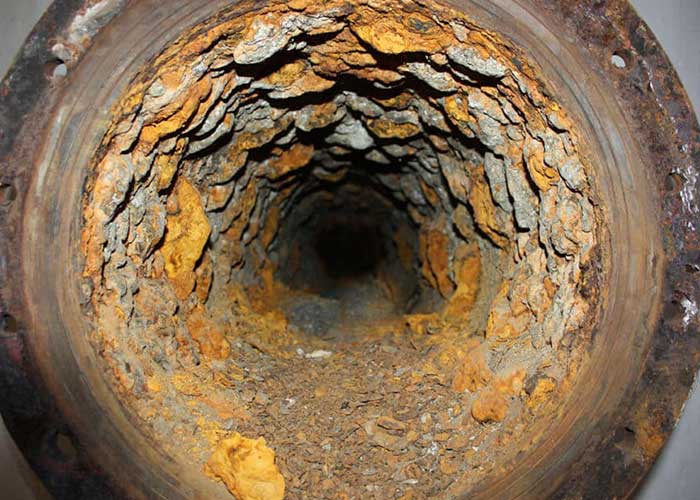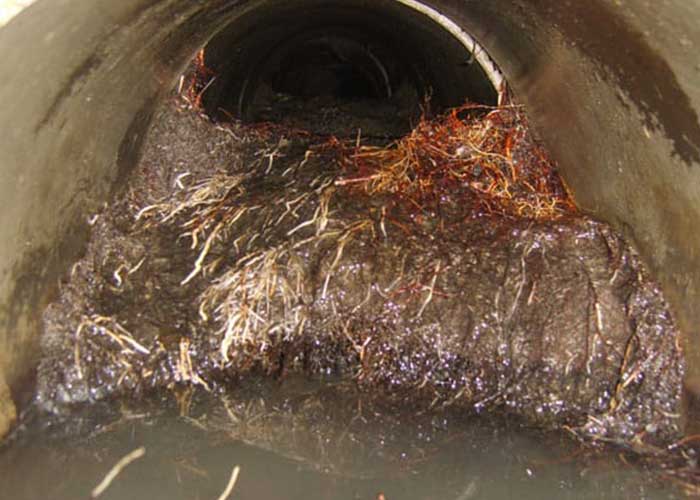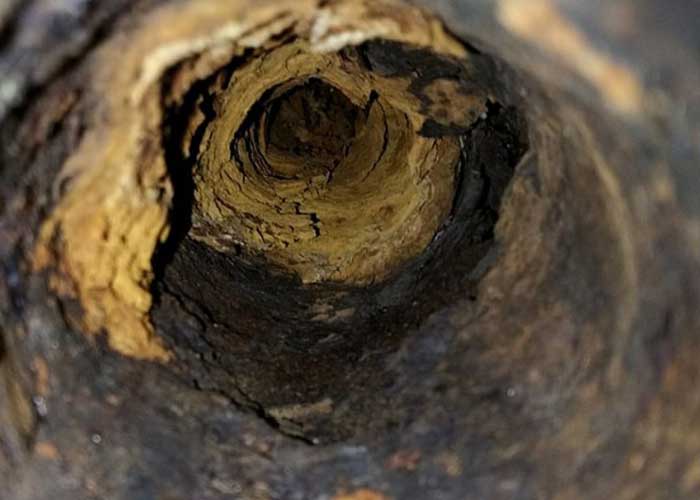What’s to expect
Camera inspections revealing pipe condition, blockages, or costly damage.
A Sewer Scope Inspection
A sewer scope inspection is one of the most valuable services a homeowner or prospective buyer can schedule, yet it is often overlooked until problems arise. A sewer scope involves running a specialized camera through the main sewer line that connects a home to the municipal system or septic tank. This camera inspection provides a real-time, inside look at the condition of the pipes, identifying cracks, breaks, blockages, intrusions, and other issues that could lead to costly repairs if left unaddressed.
Most sewer lines are hidden underground, making it impossible to detect their condition without this type of inspection. Over time, natural wear and tear, tree root growth, shifting soil, or even poor installation practices can cause damage. These problems may not show surface-level symptoms until they’ve progressed into severe blockages or leaks. By performing a sewer scope every 5–7 years, homeowners can catch developing issues early and prevent thousands of dollars in emergency repair bills.
Why sewer scopes are important
One of the main reasons sewer scopes are important is the cost of neglect. A clogged or collapsed sewer line can result in sewage backups into the home, foul odors, water damage, and unsanitary conditions that require immediate cleanup. Repairing or replacing sewer lines can cost anywhere from several thousand to tens of thousands of dollars, especially if landscaping or hardscaping must be removed to access the pipes. A routine scope inspection is a fraction of that cost and provides peace of mind.
Another key reason to schedule a sewer scope is that many insurance policies do not cover sewer line repairs unless a specific endorsement is purchased. That means homeowners are often responsible for the full expense. Knowing the condition of your line allows you to plan ahead, budget for maintenance, and avoid sudden surprises. For buyers, a sewer scope can make or break a real estate transaction. Discovering a damaged sewer line before closing allows negotiations for repair costs, potentially saving the buyer from inheriting a hidden problem.
Tree roots are one of the most common culprits discovered during sewer scopes. Roots naturally seek out moisture and can infiltrate small cracks in sewer pipes, eventually causing large blockages. Ground shifting from seasonal changes, construction, or soil erosion can also create misaligned pipes that allow debris buildup. Older homes are especially vulnerable, as clay or cast iron sewer lines deteriorate over decades.
Performing a sewer scope inspection every 5–7 years is considered best practice. This time frame is long enough that small issues have the chance to appear but short enough to catch them before they become emergencies. For homes with large trees, older infrastructure, or previous issues, more frequent inspections may be advisable.
In summary, a sewer scope is a preventative measure that protects both property and finances. It provides clarity on hidden infrastructure, ensures the safety and sanitation of the home, and offers homeowners confidence in one of the most critical yet unseen systems on their property.
Regular inspections are a smart investment in long-term property health.

